biomimicry
Content
Finding Mentors in Nature
 Goal: Understand how to seek inspiration from specific organisms (“mentors”) to innovate in sustainable product and service development.
Goal: Understand how to seek inspiration from specific organisms (“mentors”) to innovate in sustainable product and service development.
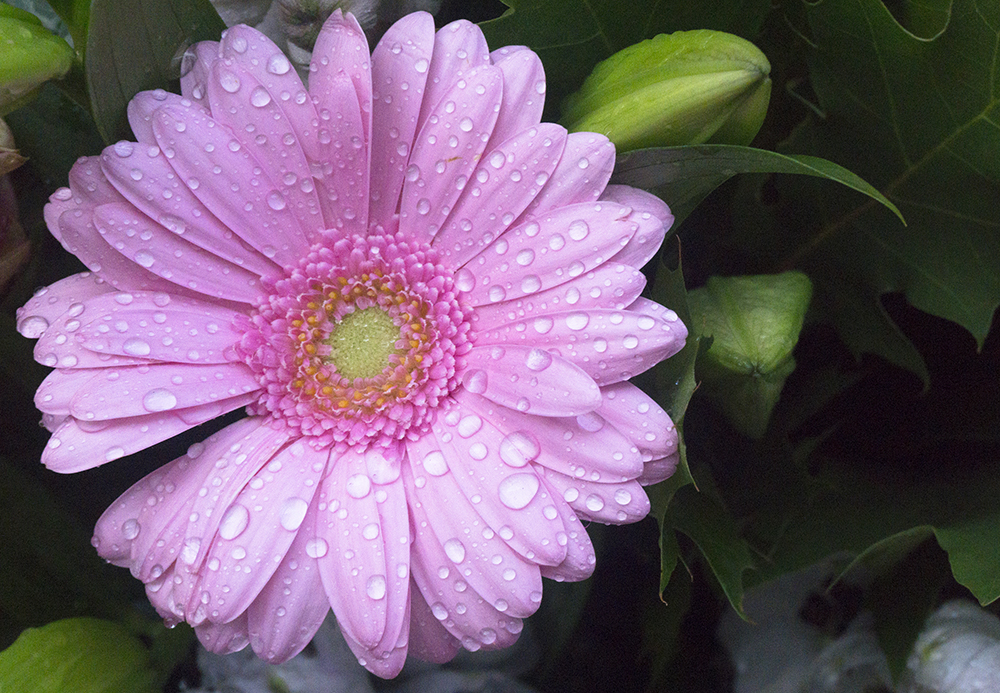
|
Many flower petals have microscopically rough textures that cause them to be self-cleaning without being slippery, so pollinators can still land on them. (Image from Jeremy Faludi.) |
The most common way to do biomimicry for sustainable design is to get inspiration from specific organisms in nature. These organisms act as mentors that you learn from, understanding their physics, chemistry, information science, or whatever principles they use. Then you make an analogy from how they work to how your product or system could work. This is not as fast and easy as using principles of nature, but it can drive more radical ideas, and is more personally engaging. It also helps change your relationship with nature, so that nature is not just for resource extraction, waste dumping, and entertainment, but is also a teacher worth studying.
Examples
Biomimicry for sustainable design happens in many industries, from buildings to transportation to consumer products. An AskNature search will turn up hundreds. Here are just a few:
Lotusan Paint imitates the micro-structure of the lotus leaf to keep itself clean. Rainwater washes dirt particles off, with no need for soaps and helping avoid mold and mildew. This allows building owners to nearly eliminate their use of cleaning chemicals to maintain exterior walls.
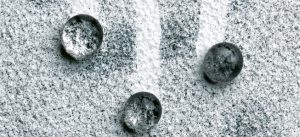
Lotusan paint imitates a lotus leaf’s surface texture
to make water carry away dirt. (from Ask Nature, photo: Sto Corp., Atlanta, GA)
Japan’s Shinkansen bullet train has a nose that imitates the beak of a kingfisher bird, in order to reduce noise from the air pressure waves caused when the train passes through tunnels. It also reduces noise by imitating the shape of owl feathers in the structure it uses to pull electricity from overhead wires. Besides these design elements reducing noise, they also improved the train’s efficiency, allowing it to use 15% less energy while traveling 10% faster.
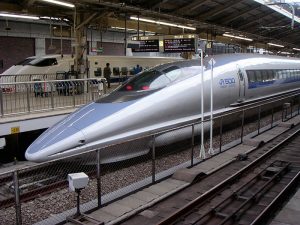
The 500 series Shinkansen train imitates a kingfisher beak’s form
to smoothly cut through changing air pressure. (Image from Wikimedia Commons)
The Eastgate building in Harare, Zimbabwe imitated the ventilation tunnels in a termite mound to provide passive cooling. The system uses 90% less energy for air conditioning, is still comfortable if power outages occur, and even saved $3 million in construction costs because so little air conditioning equipment was required. Interestingly, it was later discovered that termite mounds do not work they way they were thought to here, but the building design is effective. This shows how biomimicry is not mere imitation, but is inspiration for innovative ideas.
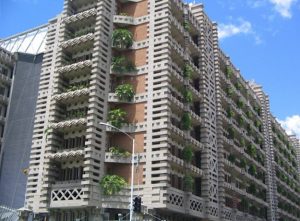
The Eastgate building in Harare, Zimbabwe imitates
a termite mound’s passive ventilation. (From AskNature, photo: Mandy Patter)
Pax Water impeller blades imitate the spiral path of sea shells and ocean water currents. Their Lily Impeller uses 85% less energy than a comparable water mixing impeller, with far less noise as well. Rather than creating chaotic turbulence in water as it spins, its shape sets up standing vortices in the water flows to multiply its effectiveness.
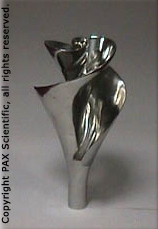
The Lily Impeller creates spiral water flows like ocean currents to mix liquids efficiently and with low noise.
(Image from PAX Water Technologies)
.
.
Different Approaches
There are many methods for finding biological mentors, recommended by different people. As in all product design, there are two types of approaches: “technology push” and “market pull”. In biomimicry, technology push starts with something from a specific organism that is well-understood and successfully built in the lab, then you look for places out in the world where you could apply it to a good cause. This is professor Robert Full’s method, taught in his UC Berkeley class. It avoids the biggest obstacle of other biomimicry methods–translating biological inspiration into a buildable thing. However, it does this by depending on research already done.
Most biomimicry methods are market pull approaches–they start with a problem that needs solving, and look to biology for inspiration. As mentioned above, this has the difficulty of needing to bridge the often large gap between biological mentors and what industry can build today. Modern manufacturing and chemical engineering work extremely differently from nature, and much research is required to make more natural strategies buildable. However, it is successful often enough to be recommended by most biomimicry practitioners, such as the Biomimicry Institute.
The Biomimicry Institute’s method is the “Design Lens“, with eight steps shown in the graphic below; more details are available here (free PDF download, but registration required).
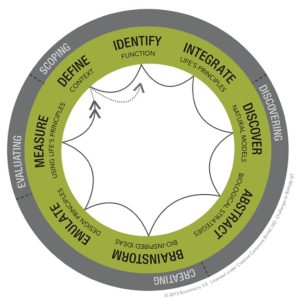
The Biomimicry Design Lens method, from Biomimicry 3.8
Other similar methods include that of Reap & Bras 2014, Tempelman et al. 2015, the Biomimicry Institute’s earlier Design Spiral, and the Faludi 2013 variation used in the exercise linked to below, which is a streamlined version of the Design Lens. It has four or five steps, depending on whether you discover biological strategies directly (through literature or database searches), or whether you discover mentors in real life and then need to learn what strategies they use and how they work (though literature or asking experts).
.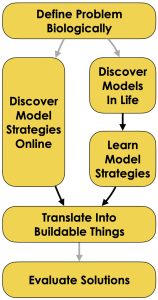
The biomimicry mentor method from Faludi 2013. (Image from Faludi 2020.)
Finding design inspiration from mentors can be combined with finding design inspiration from principles, as shown in the Design Lens. It can also be combined with other sustainable design methods. For example, it can be part of the brainstorm in Whole System Mapping; or it can use LCA to evaluate solutions at the end, instead of nature’s principles; or it can help define the target vision in The Natural Step method; and more.
All VentureWell Tools for Design and Sustainability content is shareable and usable by CC BY-NC-SA 4.0 license.